If there’s one thing I look for in video games, these days, it’s innovation. I’ve reached a point in my video gaming life where I’ve seen many, many mechanics used over and over again. Pulling levers, moving glass for sunlight to bounce off a switch, and pushing and pulling of blocks are some of the examples I can think of, and it has to be a really special game for me to get past these, so it’s more important than ever for me for a game to show me something new.
Indie games are guilty of re using these well-worn schemes, but many show me the originality I am seeking and this is where SCHiMcomes in. As soon as I locked my eyes on the trailer, I knew I had to play this game. The innovation was just oozing out of the screen at me, and I was overjoyed with what looked like something I had never seen before in terms of visuals and gameplay.
SCHiMhas been developed by Ewoud van der Werf, a Netherlands-based solo developer who, interestingly, came up with the concept of the game for a school project. Later on, Ewoud would decide to go down the developer route and expand the work he had already done to create the game I am reviewing right now. Ewoud mentioned in a Game Rant interview that he created his own folklore for the game based on an old Japanese folklore, and I was impressed with what he came up with.
A schim is the soul and spirit of an object or living being, and everything in the world has one, but it comes with one important rule, which is that it should never be separated from its source. The repercussions are not known, but near the beginning of the game, this is exactly what happens, and it’s up to you to guide the schim back to its owner before anything bad were to happen.
A schim can only move in the shadows, and this is where one part of the innovation I am craving comes in. You will need to jump from shadow to shadow to progress through the level, using shadows from any source possible. Buildings, benches, trees, lampposts—the list goes on and on. It’s not just stationary objects that you can use the shadows off, but moving objects too. Vehicles, animals, and people are the main transport shadows getting you through the places that you just can’t reach with your limited jump, sometimes having to jump to multiple moving shadows. Night-time levels also have fun moments, as you can imagine, with limited shadows, flickering street lights, and more to create problems for you. The game even plays with the time of day, with some stages set in the early evening and the setting sun creating longer shadows for you to use.
You can also interact with many objects you come across, which feeds into the puzzles of how to reach your target. Changing the traffic lights so you can jump into a car shadow that’s going in the direction you need, lowering a barrier so you can use the shadow to cross the train tracks—there are many examples of this, and it makes you stop and strategize on what you need to do to accomplish the goal at hand. Most of these you are naturally able to work out, but I did come across a few that were tricky to figure out, and these ones tended to be the most obtuse. There were no clues or hints to guide you to the correct solution, with me randomly stumbling onto the answer from aimless roaming and button mashing in the hope I would trigger something. Some of these puzzles required something that I hadn’t seen or used before, so it made it quite frustrating.
There is a sense of exploration in SCHiMthat I wasn’t expecting. In your travels, you’ll come across other schims that have been separated from their object. If you find that object, it will return to a point where the lost schim can re-join it. This feature can also play into the transversal, as if you find certain objects, it will cast a shadow that you can use to cross a previously uncrossable gap. Another mechanic that’s used effectively is the camera. At some points in the game, you will hit a point with no apparent way forward, but swivel the camera to another view point, and it will reveal a shadow that you didn’t originally see.
One of the game’s biggest standouts for me, though, was its visuals. The world of SCHiM is shown through beautiful, minimalist-style graphics where humans and animals are missing their facial features. It almost reminds me of an aeroplane safety leaflet. It’s a bold move, but it pays off here with some gorgeous moments that did make me stop and appreciate from time to time. The other striking part of the visuals is the colour work. As the game represents itself with one colour per level and some striking choices, it brings a striking atmosphere to the game. This feature came about as Ewoud is colourblind, so he factored this in for himself while developing the game, which included a four-colour palette. As the game developed, he decided to keep this feature and expand the palate we see in the full version.
SCHiM’ssoundtrack is also a minimalist affair, with soothing, joyful pieces playing as you explore. Although you will hear some of the same pieces of music throughout the game, they never get tiresome or irritating. Composed by Brazilian composer, arranger, producer, and pianist Rafael Langoni, he has done a great job of creating music that fits this world and helps build upon it. There is a SCHiM EP available on BandCamp, which will give you a good idea of what to expect from the soundtrack.
The only issue I had with this game was halfway through my playthrough, as it did start to feel a little repetitive. You would finish a screen, move to the next, and continue jumping from one shadow to the next, rinse, and repeat. Ewoud tried to keep it fresh by throwing in different scenarios or mixing up the gameplay, but I could never shake that feeling of weariness until the end section of the game, where things did get more interesting. This isn’t a major knock on the game, but I feel it needed a bigger shakeup in the middle section than it got to keep it feeling fresher. What that is, I can’t tell you, and with this style of game, its a hard one to pin down. SCHiM isn’t a long game, with two hours clocked through my playthrough, but I think this game might be best played in small chunks. Give it some time between plays and come back, and I think this will help keep it fresher. There’s no worry about forgetting controls or the plot, as both are simple affairs.
I feel this will be a bit of a marmite game; some will love it and some will bounce hard, especially with that repetitive section I mentioned earlier, but if you have the strength to push through that, you’ll be rewarded with some memorable moments and interesting puzzles to solve. As I mentioned at the start of this review about innovation in games, this is the perfect example of that, and if nothing else, SCHiM needs to be at least tried, not just to experience those memorable moments but to also encourage even more unique and original games for the future.
Release Date: July 18th 2024
Platforms: PC, Nintendo Switch, PS4, PS5, Xbox One, Xbox Series X|S
Price: £20.99
Version Tested: PC (Via Steam Deck)
Many thanks to the publisher for the review copy

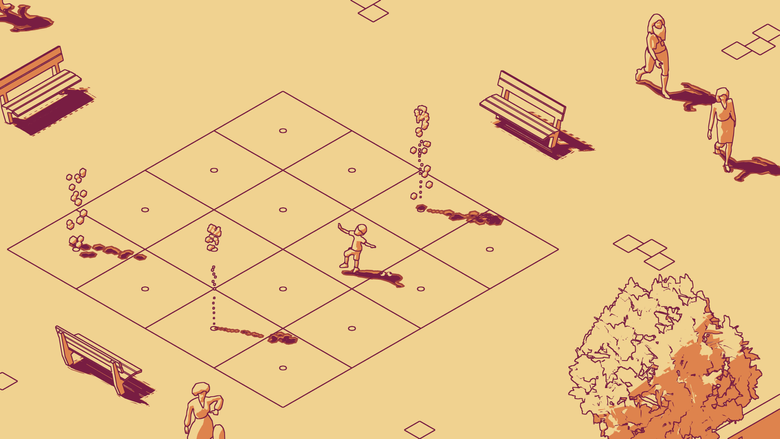
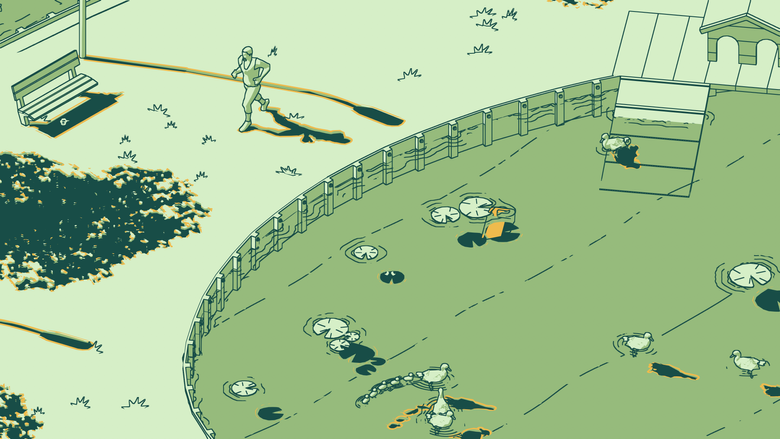
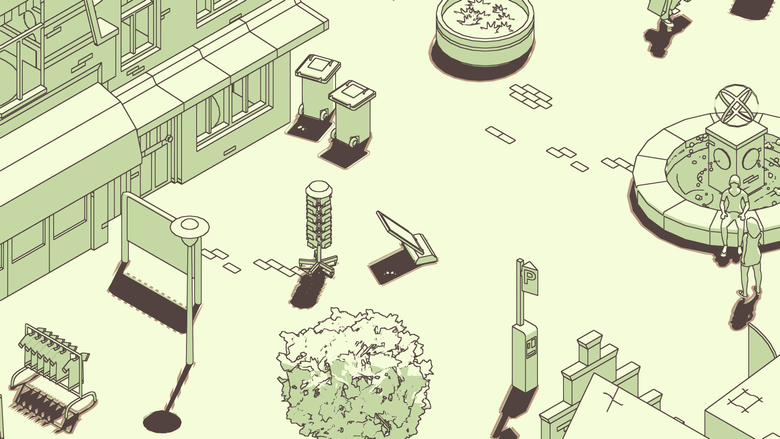
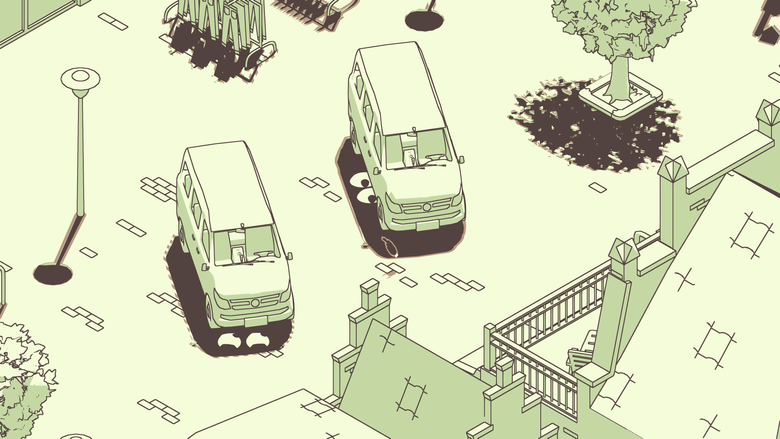
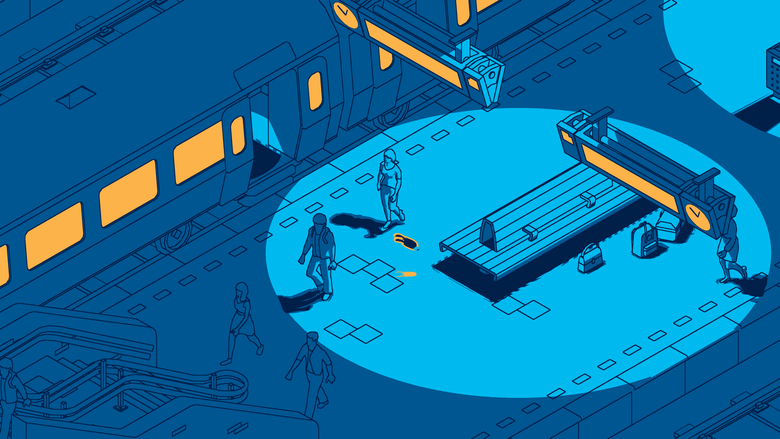
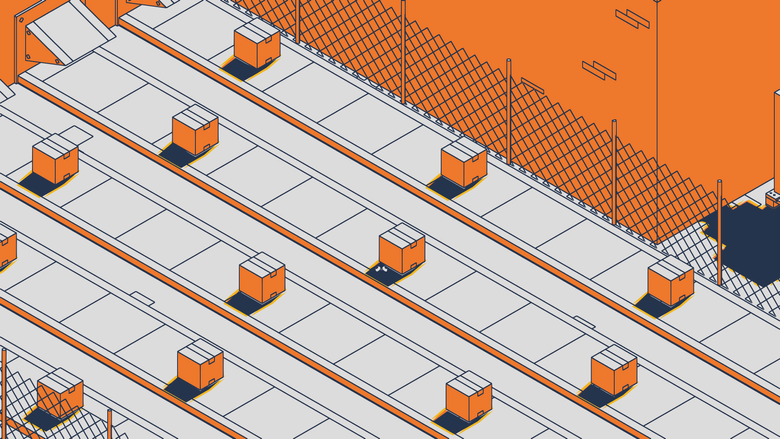
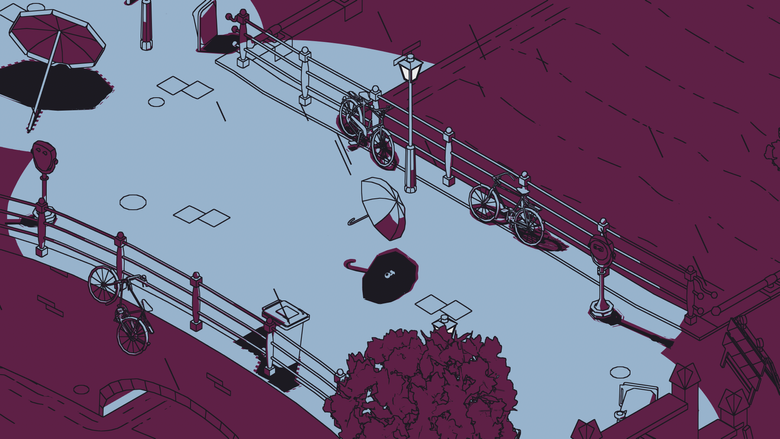
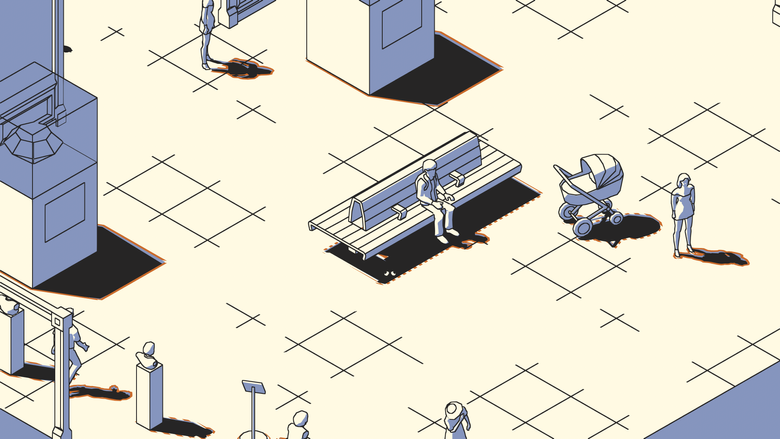
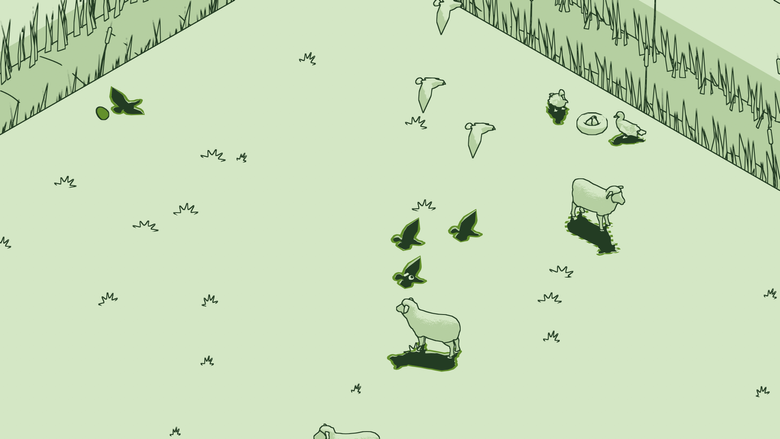
Comments
⚠️ Comments for this post are closed ⚠️